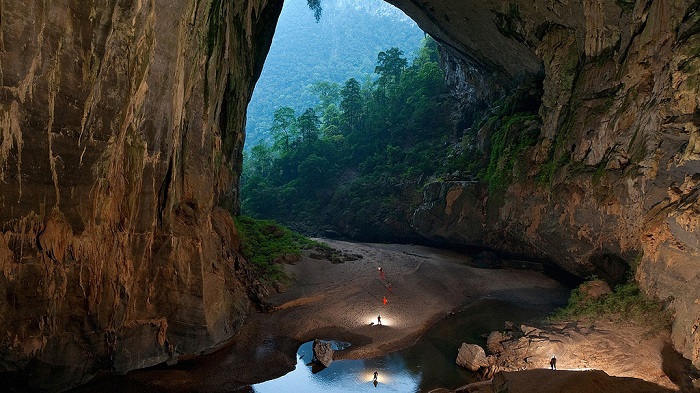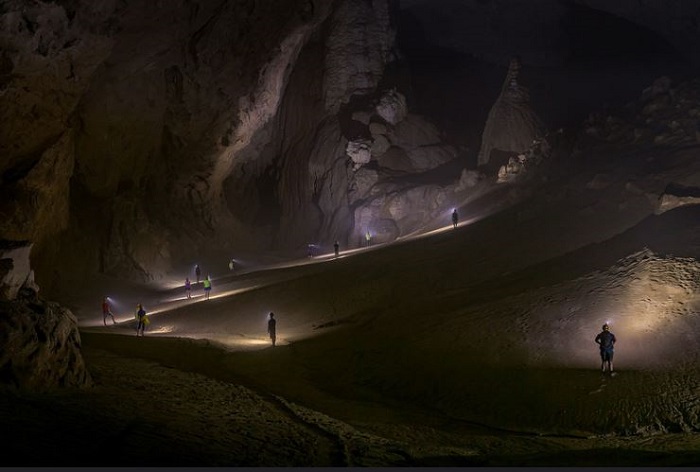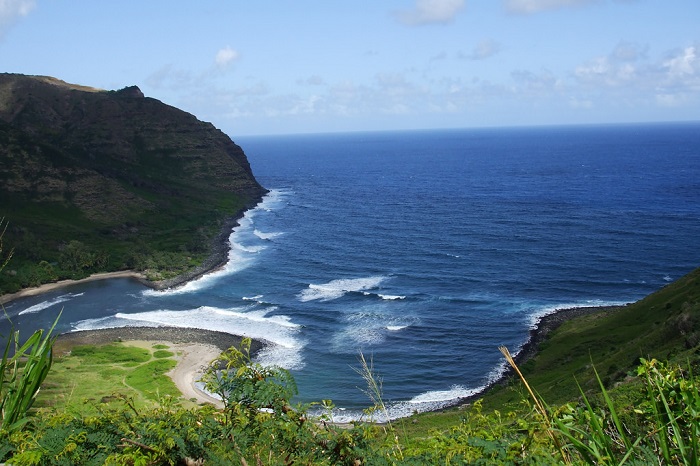Aogashima Island - A Volcanic Japanese Island In The Philippine Sea
The Aogashima island is administered by Tokyo approximately 358 kilometres south of Tokyo and 64 kilometres south of Hachijō-jima (Hachijō-jima is also a volcanic Japanese island in the Philippine Sea). Aogashima island is 3.5 km in length with a maximum width of 2.5 km. It is formed by the overlapping remnants of at least four submarine calderas. It is the southernmost and most isolated inhabited island of the Izu archipelago (The Izu Islands are a group of volcanic islands stretching south and east from the Izu Peninsula of Honshū). The population of Aogashima Island is 170. Aogashima is within the boundaries of the Fuji-Hakone-Izu National Park. Fuji-Hakone-Izu is a national park in Yamanashi, Shizuoka, and Kanagawa Prefectures, and western Tokyo Metropolis. It consists of Mount Fuji, Fuji Five Lakes, Hakone, the Izu Peninsula, and the Izu Islands. This national park covers the area of 1,227 square kilometres.
The Aogashima island is surrounded by very steep rugged cliffs of layered volcanic deposits. The southern coast also rises to a sharp ridge which creates an edge of Caldera named Ikenosawa with a diameter of 1.5 km. Caldera dominates the island, with one point on its southern ridge, Otonbu with the height of 423 meters, as the island's highest point. The caldera is occupied by a secondary cone named Maruyama. Aogashima Island is Still considered a Class-C active volcano by the Japan Meteorological Agency. The last eruption of Aogashima was during a four-year period from 1781–1785. Though is has been a while since its last eruption, the island was the site of a series of earthquakes, known as an “earthquake swarm” in the 1780’s and a large eruption in 1785 that killed 130-140 people, nearly half of the island’s population. The history of human settlement on Aogashima is uncertain. Most of the people in Aogashima are Japanese.
































































